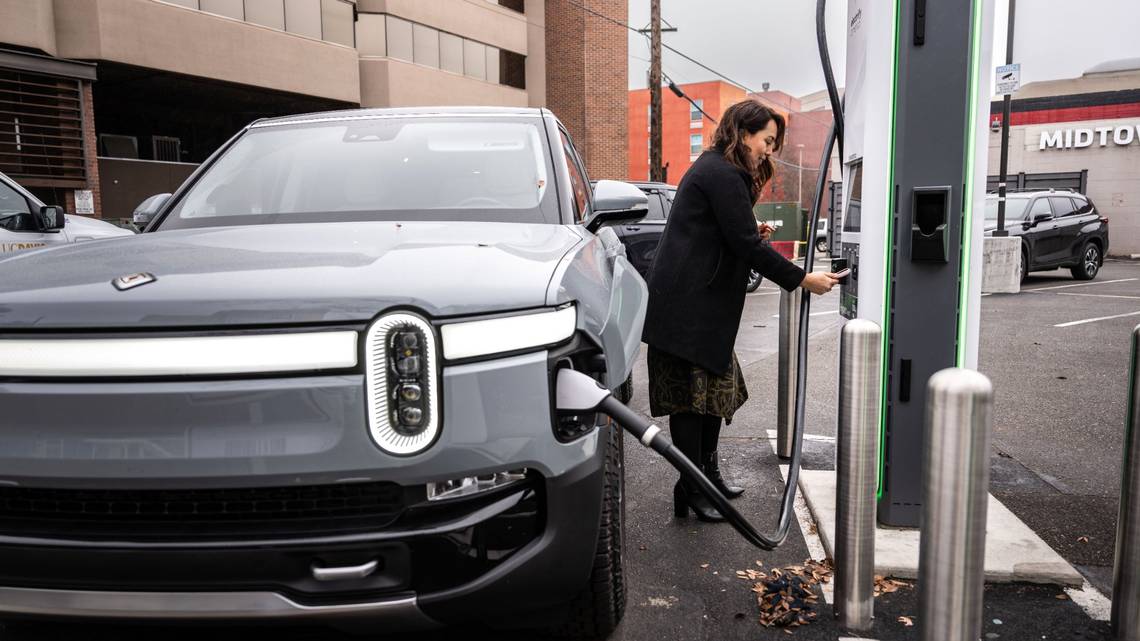
The US EPA has approved California’s plan to outlaw gas-only vehicles beginning in 2035
California’s historic proposal to stop selling gasoline-only cars by 2035 was approved by the U.S. Environmental Protection Agency on Wednesday.
A battle over the future of California’s automobile laws is set up by the decision, which was made in the latter weeks of President Joe Biden’s administration.
Donald Trump, the incoming president, has promised to revoke the EPA’s certifications for California’s plans to mandate more electric vehicles and stricter auto emissions regulations.
California was given a waiver under the Clean Air Act by EPA Administrator Michael Regan to carry out its 2020 plan to mandate that by 2035, at least 80% of newly sold automobiles be electric, with up to 20% being plug-in hybrids. Eleven other states, including New York, Massachusetts, and Oregon, have embraced California’s regulations.
Six additional waivers are still pending, but the EPA recently approved another one for California’s “Omnibus” low-NOx, or low-nitrogen oxide, rule for heavy-duty highway and off-road vehicles and engines.
“Clean cars are here to stay,” governor Gavin Newsom of California declared. “Naysayers like President-elect Trump would prefer to side with the oil industry over consumers and American automakers, but California will continue fostering new innovations in the market.”
Last month, Newsom stated that he would suggest reviving the state’s Clean Vehicle Rebate Program if Trump were to remove a $7,500 federal EV tax credit.
General Motors (GM.N), Volkswagen (VOWG_p.DE), Toyota Motor (7203.T), and other automakers are represented by the Alliance for Automotive Innovation, a trade group that said it expects Trump to revoke the waiver next year. The group argues that California’s vehicle regulations “will depress economic activity, increase costs and limit vehicle choice” and that automakers will have to sell fewer vehicles in the 12 states that must comply.
“Most of the states that follow California are not ready for these requirements,” the organization stated. It will take a miracle to meet the sales targets given the state of the market. Balance is required, and some states ought to withdraw from the program.
According to California regulations, 35% of cars must be zero-emission models in the 2026 model year, and by 2030, that number will have increased to 68%. According to the state, the law is essential to reducing smog-forming pollutants and reaching goals for reducing greenhouse gas emissions.
Fuel manufacturers’ attempt to contest the 2022 waiver California obtained for auto emissions regulations was accepted by the Supreme Court on Friday.
In March 2022, the EPA overturned a 2019 ruling made under Trump’s first administration and restored a waiver enabling California to establish its own zero-emission vehicle regulations and tailpipe emissions restrictions through 2025.
All Categories
Recent Posts
Tags
+13162306000
zoneyetu@yahoo.com



